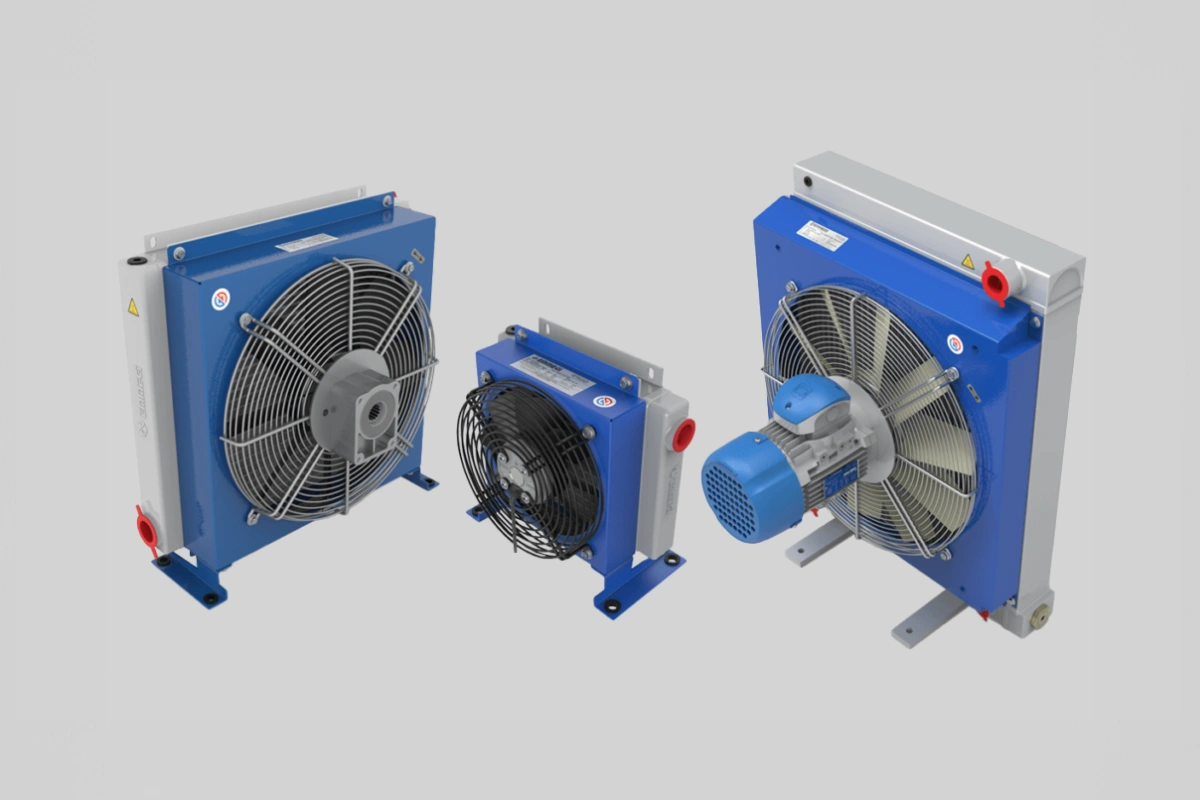Heat exchangers are essential devices in various industrial sectors and everyday applications. Their main purpose is to transfer heat from one fluid to another without the two fluids coming into direct contact. This process is crucial for temperature control in systems and for improving energy efficiency by minimizing heat waste. Let’s explore what heat exchangers are used for, how they work, and where they are commonly used.
How Heat Exchangers Work
Heat exchangers operate on a simple yet effective principle: the transfer of heat from a hot fluid to a cold one. This process can occur in several ways, but the most common are parallel flow or counterflow. In parallel flow, the two fluids move in the same direction, while in counterflow, they move in opposite directions. Counterflow is generally more efficient because it maximizes heat transfer between the fluids.

How Many Types of Heat Exchangers Are There?
There are several types of heat exchangers, each designed for specific application needs:
- Plate Heat Exchangers: Consisting of a series of thin plates, they offer a large surface area for heat transfer and are ideal for applications where a compact size is required.
- Concentric Tube Heat Exchangers: Mainly used in industrial applications, they are made up of an inner tube and an outer tube through which the fluids flow.
- Shell and Tube Heat Exchangers: These exchangers are commonly used in the industrial and petrochemical sectors due to their ability to handle high pressures and temperatures.
Applications of Heat Exchangers
Industrial Sector
In the industrial sector, heat exchangers are essential for keeping operating temperatures within optimal limits, preventing machinery overheating, and improving energy efficiency. They are used in a wide range of applications, including cooling of industrial equipment and chemical and petrochemical processes.
Automotive Sector
In the automotive sector, heat exchangers play a crucial role in engine cooling systems, transferring heat from the engine to the outside environment and maintaining the engine at the optimal temperature, and in air conditioning systems, ensuring optimal thermal comfort for passengers.
Domestic and Commercial Applications
Heat exchangers are also widely used in domestic and commercial applications, such as in HVAC (Heating, Ventilation, and Air Conditioning) systems, where they transfer heat between indoor and outdoor air, improving energy efficiency and reducing operating costs, or in water heaters and boilers.
To discover our selection of heat exchangers, visit the dedicated page on Heat Exchangers.

